THE TRIP TO CHINA.THE CAVE TEMPLES OF LONGMEN
Longmen Grottoes is a complex of Buddhist cave temples carved into the rocks on the banks of the Yi river South of Luoyang, in Henan province in China. This place comprises of 1,350 caves and 40 pagodas, which are filled with statues of different shapes and sizes, ranging from 2.5 centimetres to the largest Buddha statue with a height of 17 meters. In the solid limestone rock of the cliffs was cut not less than 100 000 statues. Caves, stretching for a distance of a whole mile along both banks of the river, are one of the most successful examples of Buddhist art.
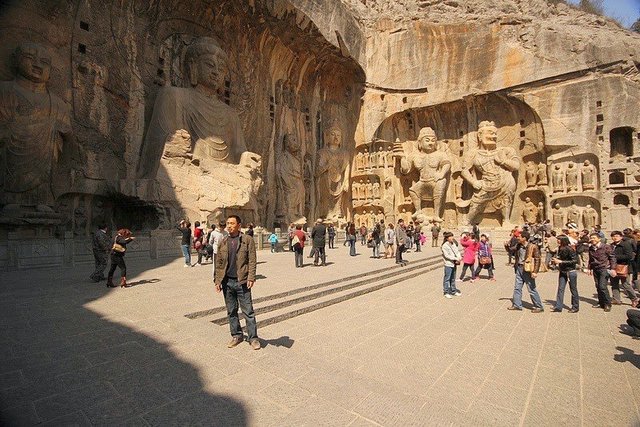
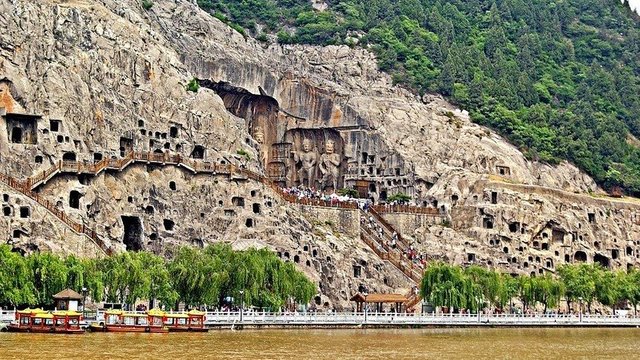
Longmen is located 12 kilometers South of the historic Chinese city of Luoyang. Here two hills adjacent to the river Yi, become very steep, like cliffs, as they approach the river valley. It was here that limestone was carved temples, the components of the Longmen.
The construction of Longmen began in 493 during the reign of Emperor Xiao-Wen and continued during the reign of the successive six dynasties, including Tang and song , for more than 400 years. The most intensive period of carving of the caves was the end of the fifth century to the middle of the eighth century. Approximately one third of these cave sculptures were carved during the reign of the Northern Wei dynasty and two thirds during the reign of the Tang dynasty. The style of sculptures, design of clothes and facial expression on statues, as well as methods of their cut show a clear progression in style over a period of more than 500 years. The first caves have simple, rounded, formally modelled statues of Buddhist saints, while those that were created during the reign of the Tang dynasty are more complex and incorporate women and court.
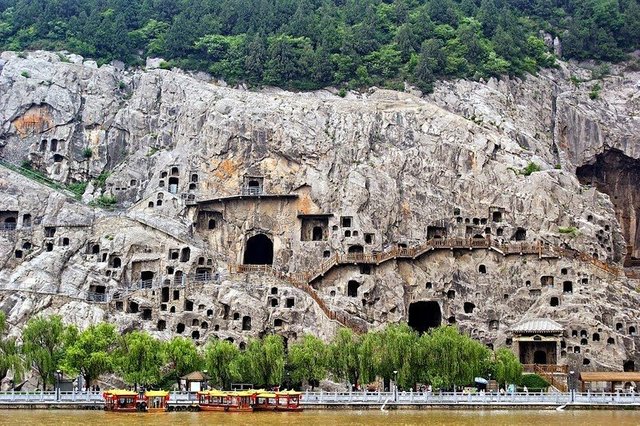
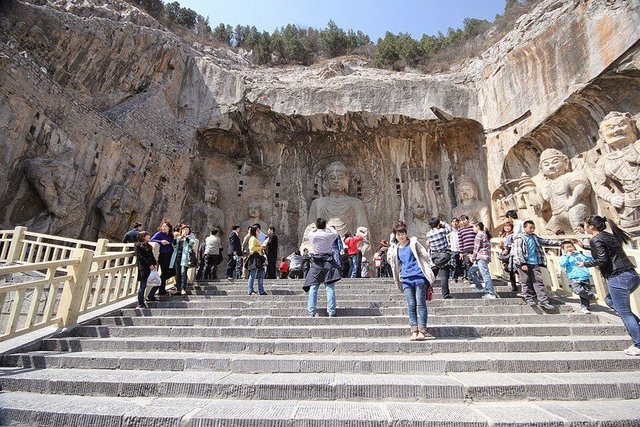
The oldest and largest of the Longmen caves is the cave of Guandun located in the middle of the southern slope of the Western Hill. The cave was a project of the Emperor Hsiao-Wen, so the work it was provided with financial support from many of his courtiers and officials, and religious leaders who endorsed his reform policies. One of the most well-preserved large Longmen caves, is the cave of Janfusun, located South of the West Hill. Some of the larger statues were carved during the reign of the Tang dynasty. In the Fengxian cave, carved into the southern slope of the Western Hill, there are nine colossal statues, towering over the statue of Buddha Vairocana, with rounded facial features and a compassionate expression.
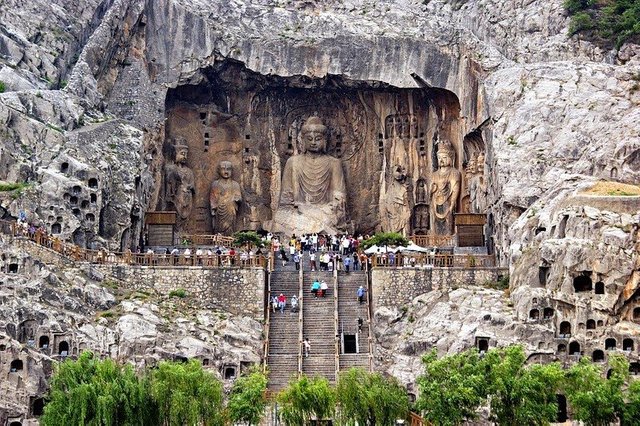
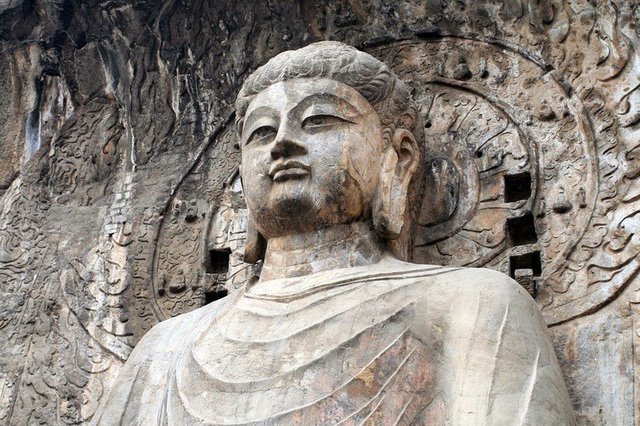
Over the years the cave has suffered from severe vandalism and looting, starting with the anti-Buddhist movement of the 9th century. The destruction continued at the hands of hunting for Souvenirs of the West in the 19th and 20th centuries, resulting in many statues appeared abroad in such institutions as the Metropolitan Museum of art in new York, the Atkinson Museum in Kansas city and the Tokyo national Museum. During the Cultural revolution in China, this place was attacked by the red guards who destroyed and decapitated many of the statues.
Today Longmen are a protected place. In 2000 it was included in the List of world heritage of UNESCO
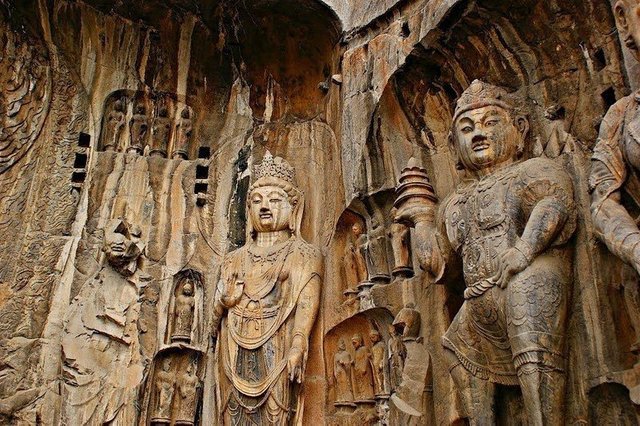



Looks awesome buddy. Keep sharing @ola1
thank you))
wow! what a beautiful place